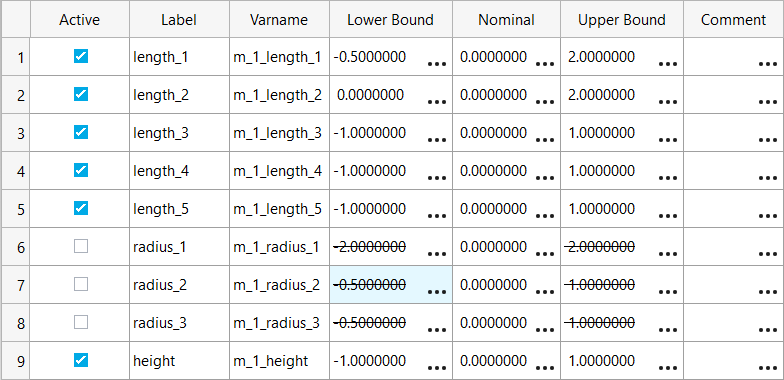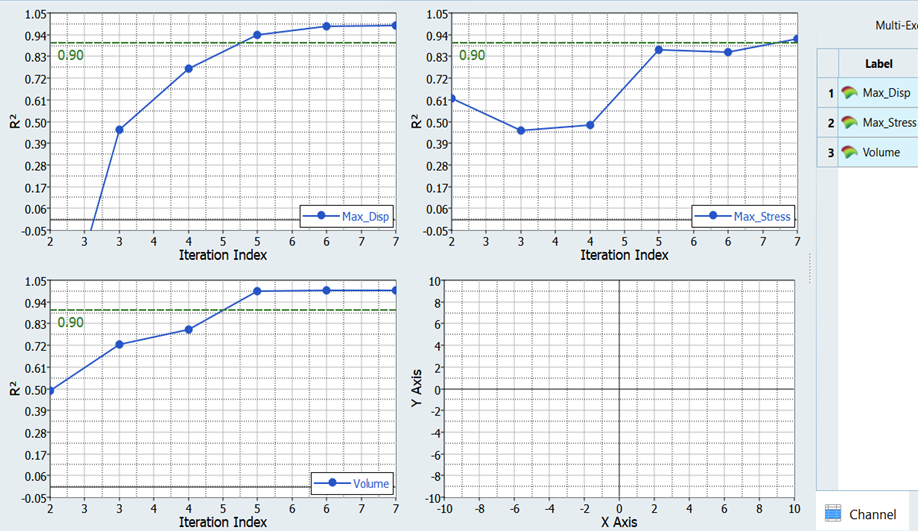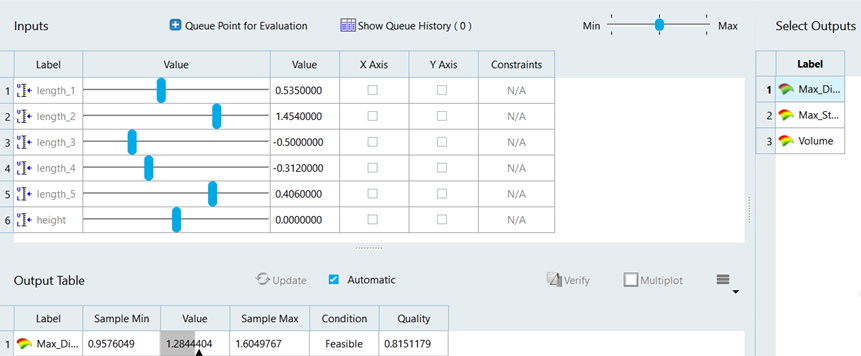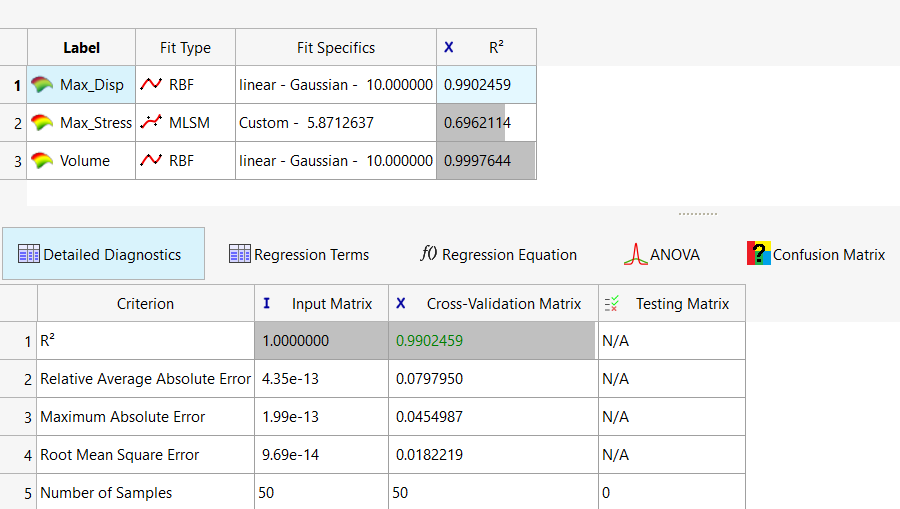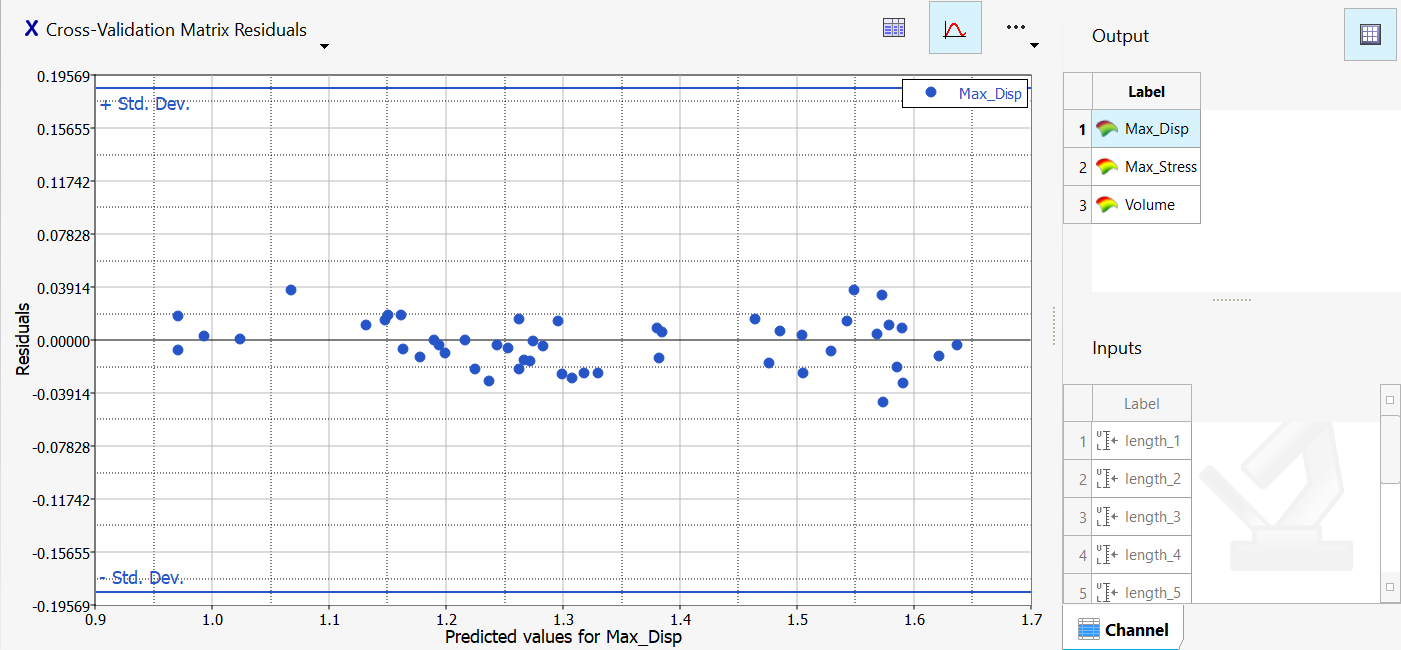HS-6000: Approximation on Arm Model
In this tutorial, you will learn how to create approximations for the output responses using Sampling Fit.
Sampling Fit is a combination of space-filling DOE and Fit in a single approach.
HS-2000: DOE Method Comparison: Arm Model Study demonstrated studies can be conducted effectively with six input variables rather than nine because the other input variables did not have a great influence on the output responses. This will save computational effort.
